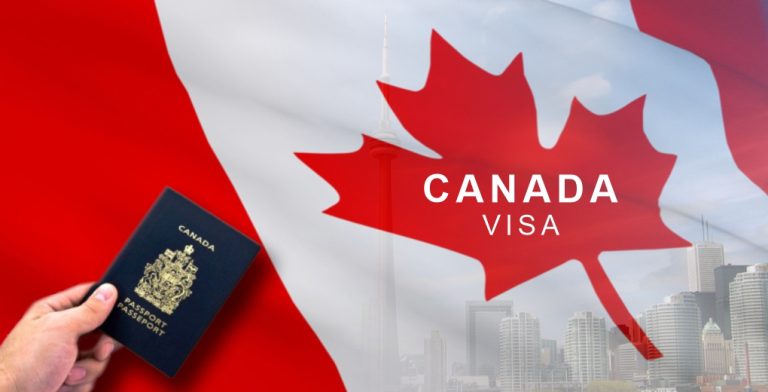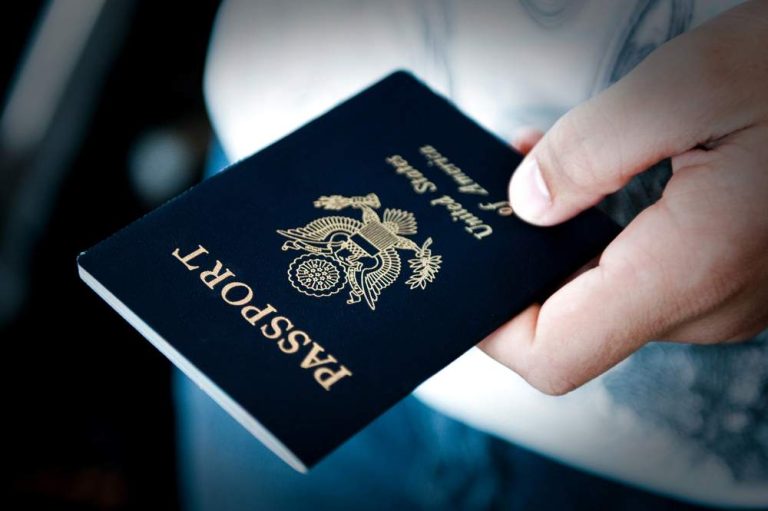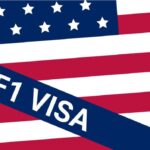Many immigrants arrive in Canada expecting to use their education and work experience from their home country. But too often, they find themselves working in jobs far below their skill level. That gap is caused by how foreign degrees and credential recognition in Canada works and sometimes does not. In this article, I explain how credential recognition operates in Canada compared to other countries, common barriers, positive stories, and steps you can take to make your transition smoother.
What Is Credential Recognition
Credential recognition is the process by which Canadian authorities evaluate education, training, and professional experience from another country and decide whether they are comparable to Canadian standards. In many professions, especially regulated ones, this recognition is required before you can legally work in that field.
In Canada, about twenty percent of jobs are considered regulated professions such as engineering, nursing, teaching, medicine, or accounting. For those, you often need licensing or certification beyond just an education equivalency. The other eighty percent of jobs are non regulated; in those cases, credential recognition is often less formal and depends more on employer discretion.
Canada runs a Foreign Credential Recognition Program (FCRP) to help internationally trained professionals. This program aims to simplify the recognition process, provide support services, and offer funding for bridging education or exams needed for certification.
In 2024, British Columbia passed an International Credentials Recognition Act to reduce unfair barriers. After July 2025, certain regulatory bodies will no longer be able to require Canadian work experience to recognize foreign credentials.
How Canada Compares: Other Countries’ Approaches
United States
In the United States, credential recognition varies by state and profession. For regulated fields like medicine or law, foreign graduates must often pass local exams or complete additional training. State licensing boards hold authority, and some do not accept foreign credentials as equivalent.
Because the United States does not have a unified national credential recognition system, immigrants often face challenges transferring credentials between states. Many end up working in roles below their training until they satisfy local accreditation.
Australia and United Kingdom
Australia uses national systems such as the Australian Skills Recognition framework, which offers structured assessment of foreign qualifications and sometimes bridging courses. The United Kingdom uses the National Recognition Information Centre (NARIC) to evaluate and compare international degrees. In both places, however, recognition for regulated professions still requires meeting local licensing standards.
Compared to Canada, these countries tend to have more centralized credential evaluation systems, but still maintain licensing bodies that control final professional permission. Canada’s decentralized provincial structure adds complexity, especially for professions that operate nationwide.
Key Challenges Immigrants Face in Canada
Long and Costly Processes
Getting credentials recognized, especially in regulated professions, can take months or years. It often involves submitting official transcripts, undergoing examinations, completing bridging programs, or doing supervised work placements. Many of these steps require additional cost and time.
Employer Reluctance and Bias
Even with recognized credentials, some employers favor Canadian educational backgrounds or local work experience. This bias leads to underemployment, meaning immigrants often take jobs below their qualification level. A study by the Royal Bank of Canada shows that despite having high education levels, immigrants are more likely to work in lower skilled jobs when their credentials are not fully recognized.
Mismatched Standards and Educational Gaps
Educational systems differ across countries in content, duration, or quality control. What counts as a credential in one country may not match Canadian standards, especially in regulated fields. Recognizing equivalency can become complex and subjective.
Fragmented Regulatory Bodies
In Canada, credential recognition is often handled by provincial or territorial regulatory authorities, not centrally. A qualification accepted in one province might not be recognized in another.
Also, regulatory bodies sometimes impose additional requirements such as exams or supervised practice, even if your foreign credentials are strong.
Success Stories of Credential Recognition in Canada
While it is challenging, many immigrants have successfully navigated this path.
A doctor from abroad used the Foreign Credential Recognition Loans Pilot Project to pay for examinations and bridging courses. After completing the required certification, he now practices medicine in Canada.
In British Columbia, the new law has allowed some engineers and professionals to bypass the requirement for Canadian work experience, speeding up their entry into their professions.
Many immigrants who retrained or completed bridge training programs in their field have been able to regain their professional status within five to ten years. Local success stories appear in settlement agency reports.
These examples show that with persistence and smart planning, you can get your credentials recognized and return to your professional path.

How You Can Position Yourself for Better Outcome
If you are an immigrant planning to bring your foreign degree or professional experience to Canada, here are steps to improve your chances.
1. Research Early and Identify the Regulatory Body
Before arriving or early on, identify whether your intended occupation is regulated in your target province. Use Canada’s Foreign Credential Recognition Tool or the Canadian Information Centre for International Credentials (CICIC) to find which body governs your profession.
2. Get a Credential Evaluation
Many immigrants use evaluation services such as the World Education Services (WES), International Credential Assessment Service (ICAS), or International Credential Evaluation Service (ICES) to compare foreign credentials to Canadian standards. While these are advisory and not final, they help employers or licensing bodies understand your background.
3. Map Gaps and Plan for Bridging Programs
Once you know what is missing, such as specific courses, skills, or exams, enroll in bridge training, conversion courses, or continuing education to meet local standards. This helps show your commitment and align your skills with Canadian expectations.
4. Build Local Experience
Even volunteering, internships, or part time roles in your field can help you gain Canadian context, references, and understand local practices. That often helps regulatory bodies or employers trust you more.
5. Use Government Support and Loans
The Canadian government supports credential recognition through funding programs. There are also loans of up to thirty thousand Canadian dollars available to help pay for application fees, exams, training, or bridging programs.
6. Advocate for Fair Regulation
Regulatory changes are happening. Under the International Credentials Recognition Act in British Columbia, starting in July 2025, regulatory authorities will no longer be allowed to require Canadian work experience in some cases. Stay informed about such changes, as they can directly benefit you.
7. Be Persistent and Strategic
The process may take time. Keep your documents, transcripts, and certifications organized. Maintain open communication with regulatory bodies. If a request is rejected, seek feedback or appeal where possible.
Potential Reforms and Policy Improvements
To reduce credential recognition barriers, experts and policymakers suggest several reforms.
-
Harmonizing regulations across provinces so credentials recognized in one province are valid in others.
-
Setting faster processing timelines, with binding deadlines for regulatory bodies to respond to applications.
-
Making evaluation criteria more transparent so applicants know what to expect.
-
Removing unjustified requirements such as unnecessary Canadian work experience or redundant exams.
-
Expanding bridging and internship programs funded by government, allowing newcomers to gain supervised Canadian work experience while getting certified.
-
Educating employers to better understand foreign credentials and reduce bias in hiring.
-
Conducting regular reviews of regulatory fairness and accountability.
Several provinces and the federal government are already funding projects under the Foreign Credential Recognition Program to improve these processes.
Navigating foreign degrees and credential recognition in Canada can be challenging, especially for regulated professions, but it is far from impossible. The process depends heavily on your profession, province, and the regulatory body involved. Many immigrants face delays, extra costs, or underemployment because their credentials are not immediately accepted.
However, with the right preparation, evaluating your degree, identifying missing requirements, using bridging programs, leveraging government support, and staying informed about evolving regulatory reforms, you can increase your chances of working in your field in Canada.
If you take action early and follow a clear plan, your foreign education and experience can become a pathway, not a barrier, to a fulfilling professional life in Canada.







